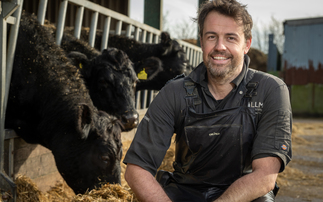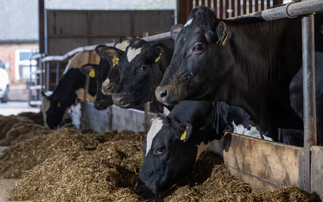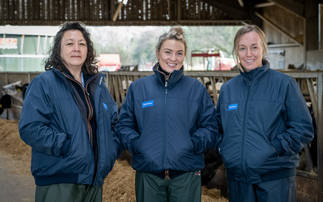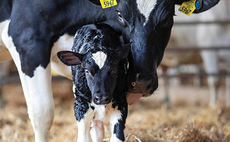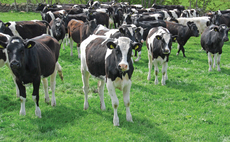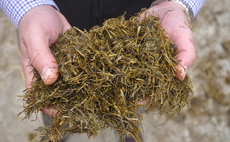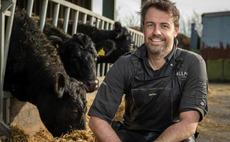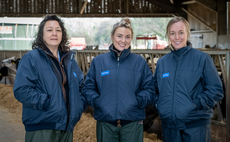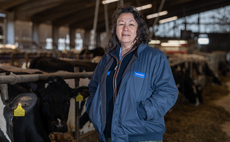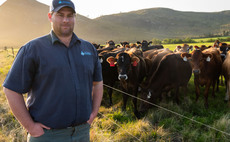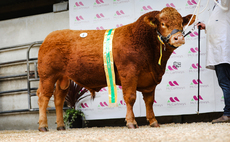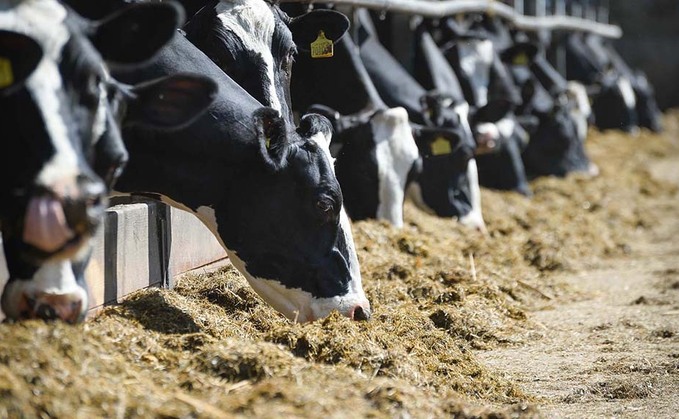
Pre-calving
Trace mineral supply is a cornerstone of successful transition cow management, says Kate Ingram, ruminant technical adviser at Virbac UK.
This is a period in the cow's cycle when many things can go wrong, including oxidative stress, an imbalance of free radicals and antioxidants, which can lead to cell and tissue damage, impacting her health and performance.
Ms Ingram says: "Trace minerals, in particular zinc, copper, manganese and selenium, are vital components of antioxidant enzymes which are required to combat this imbalance." In the last trimester of pregnancy, there is a natural decline in the trace mineral status of cows, due to an increasing demand for these for calf development. Feed intake is significantly reduced pre-calving, which can result in reduced trace mineral intakes, so even with dietary supplementation, trace mineral stores in the body can become depleted.
Ms Ingram says: "During the transition period, even in apparently well-supplemented cows, trace mineral deficiency can occur." That maternal deficiency in late pregnancy can also impact her calf, as trace minerals are required by calves for immune function.
Deficiency can increase the calf's susceptibility to scour, pneumonia, navel ill and joint ill. An option for supplying those trace minerals ahead of that high demand period is Multimin™, an injectable for cattle which contains zinc, copper, manganese and selenium.
Trials have shown improvements in parameters such as fresh cow disease rates in cows supplemented with Multimin™ during the transition period and post-calving, including reductions in both clinical and subclinical mastitis rates¹.
Ms Ingram says: "As each case of mastitis is estimated to cost £70-£250/ cow/year, considering the effect on mastitis alone represents a real return on investment." In the same study, cows treated with Multimin™ also had lower rates of stillbirth and endometritis than the control group¹. As Multimin™ is a prescription-only medicine, Ms Ingram recommends farmers talk to their vet about how and when to introduce it.

To learn more about calf care solutions just click -/sponsored-hub/virbac-dairy-bitesize







